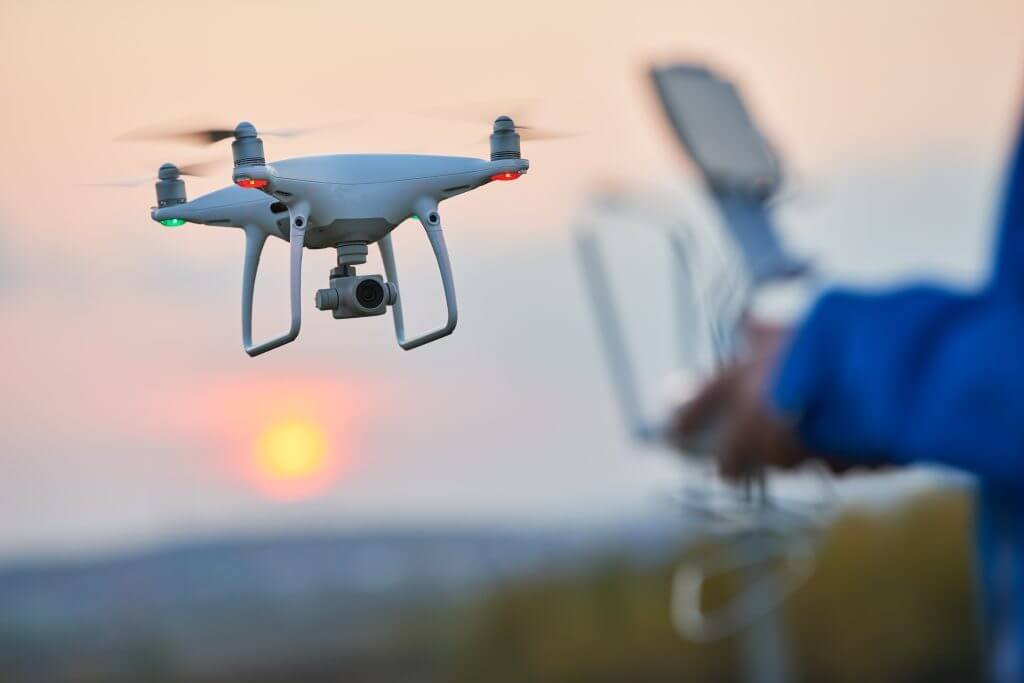
As commercial drone operations continue to grow in industries like agriculture, construction, real estate, and cinematography, so does the complexity of risk.
One small mistake with your drone, and your business could be facing a lawsuit, property claim, or financial loss that far exceeds the value of the drone itself.
That’s where drone liability insurance comes in.
But not all liability coverage is the same. In fact, most drone operators we speak to are only vaguely aware of the types of liability they actually face, and how coverage works in the real world.
This article will break down the three essential types of drone liability coverage every business owner or commercial drone pilot needs to understand.
1. Bodily Injury Liability
Let’s start with the most urgent, and the most potentially devastating, exposure: injuring someone with your drone.
This coverage protects you if your drone causes physical harm to a person. That includes medical costs, legal defense, and any court-awarded damages.
Real-World Example
You’re performing a routine mapping mission on a construction site. A worker walks near your landing zone and your drone malfunctions, striking them in the head.
They’re rushed to the hospital with a concussion and file a lawsuit for lost wages, medical bills, and pain and suffering. Without coverage, you’re paying everything out-of-pocket.
Even a minor injury could result in tens of thousands of dollars in liability.
What to Look For in Coverage:
- Minimum $1 million per occurrence (most clients require it)
- Medical expenses included
- Legal defense costs included (not just judgments)
- Optional: add higher limits if flying near crowds, events, or populated areas
At BWI, we work with drone operators across dozens of industries. Our policies can provide fast, affordable bodily injury coverage, often within hours of applying.
2. Property Damage Liability
The second most common liability risk? Accidental damage to someone else’s property.
This could be as simple as scratching a roof tile or as serious as crashing into a high-end vehicle or commercial facility.
Real-World Example
You’re flying a drone to capture real estate footage. A sudden gust of wind knocks it off course, and it crashes into a client’s SUV parked nearby. The repair estimate is $6,400—and the client expects you to cover it.
Now imagine that was a skylight, solar panel array, or sensitive industrial equipment.
What’s Typically Covered:
- Physical damage to property you don’t own
- Incidents during commercial drone operations (not recreational flying)
- Legal defense for property damage claims
- Optional: coverage for cargo if you’re carrying sensor equipment or packages
Even if your drone only weighs a few pounds, it can do serious damage on impact, especially when flying over valuable property.
One claim can wipe out months (or years) of profit. That’s why every policy we write at BWI includes strong property damage coverage by default.
3. Personal Injury / Advertising Liability (Privacy & Media)
This is one of the most overlooked risks in the drone industry and one of the fastest growing.
If your drone captures a photo, video, or data that violates someone’s privacy, you could be sued for personal injury, even if it was unintentional.
Real-World Example
You’re filming a promo video for a luxury apartment complex. The drone captures footage of a nearby backyard where someone is sunbathing. That footage ends up in the final edit and gets posted online.
The homeowner sees it, calls an attorney, and sues for invasion of privacy.
Now you’re in the middle of a media liability lawsuit.
Covered Situations May Include:
- Invasion of privacy
- False light or misrepresentation
- Unauthorized use of likeness
- Libel, slander, or defamation (spoken or recorded)
- Copyright/trademark infringement (if used in advertising)
This coverage is especially important for:
- Photographers and videographers
- Marketing and media firms
- Surveyors or mappers capturing private land
- Anyone posting or publishing footage online
Without this coverage, even unintentional footage can cost you thousands in legal fees.
At BWI, we help you identify if your business needs media and personal injury coverage, and we customize your drone policy accordingly.
How Much Liability Coverage Do I Need?
It depends on your operations, clients, and risk exposure. Here’s a general breakdown.
Many clients, cities, and corporate contracts now require $1M minimum in drone liability before allowing operators to fly on-site. Some require up to $10M for higher-risk projects.
BWI helps drone operators meet those requirements, fast.
Why General Liability Insurance Doesn’t Cover Drones
Here’s a crucial point most drone business owners miss. General liability policies (like standard CGL) typically exclude aviation risks, including unmanned aircraft systems.
Even if you have business insurance, it likely won’t cover drone-related injuries or property damage, footage or privacy disputes, or in-flight accidents.
You need a dedicated drone liability policy from a provider that understands aviation, and the specific risks drones present.
That’s what we do best at BWI.
Bonus: Other Coverages to Consider
Along with liability, here are a few optional coverages you might want to add:
- Hull Coverage: Protects your drone and payload from physical damage.
- Payload Insurance: Covers cameras, sensors, or equipment attached to your drone.
- Non-Owned Liability: Covers you when flying drones rented or borrowed from someone else.
- Cyber/Data Breach: Coverage for lost or hacked flight data, photos, or mapping files.
Not sure what you need? We can walk you through it, step by step.
The Bottom Line: Protect Your Drone Business Before You Fly
Drones open doors to incredible business opportunities. But every flight comes with risk, and one bad incident can threaten your reputation, finances, or even your ability to stay in business.
With the right drone liability policy in place, you can fly with confidence knowing you’re protected.
Need a quote? We make it fast and easy. You can get covered in less than 24 hours. Call us at 800.666.4359 or click the button below to get started.
REQUEST A DRONE QUOTE
Continue Reading


